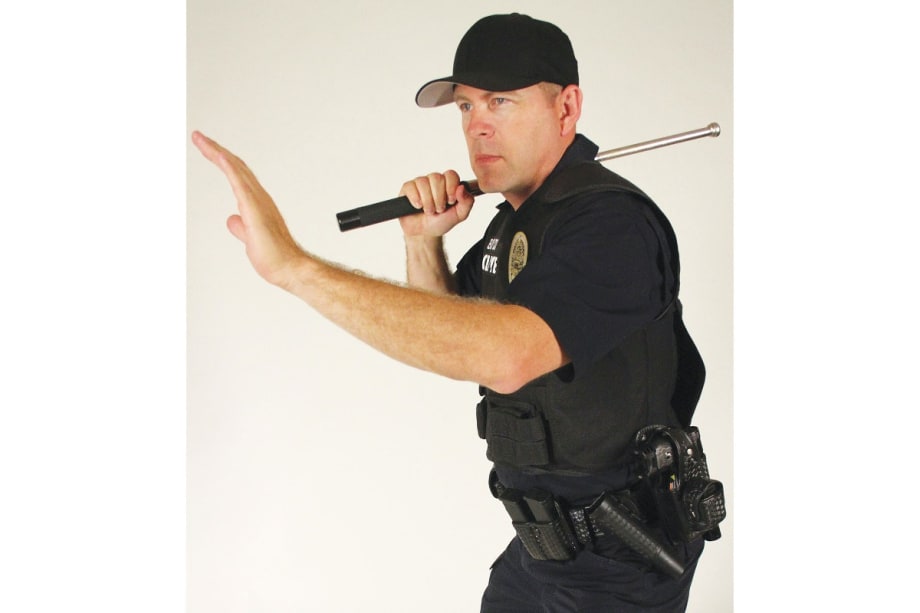Finally, be sure to continue your verbal commands during the altercation and give the suspect an opportunity to comply. I know it may be easier said than done when you are in the middle of the fight, but it is important that witnesses hear your commands to the suspect to stop fighting.
Post Application Procedures
Once compliance is obtained take control of the suspect and handcuff the suspect. Officers not needed to control the suspect should move back away from the suspect.
It is also important that we “self-police” in these types of situations. Remember, you can be liable for the unconstitutional conduct of your colleague, if you had a reasonable opportunity to prevent constitutional harm but failed to do so. If one of your colleagues is attempting to get in a few “last licks” for “good measure,” you need to stand up and move that officer away from the situation.
An officer needs to check the suspect for injuries and a supervisor should be on the scene. If there is any question concerning the need for medical attention—call for an ambulance or rescue to examine the suspect. Be sure to document the examination and the names of the attending medical personnel.






